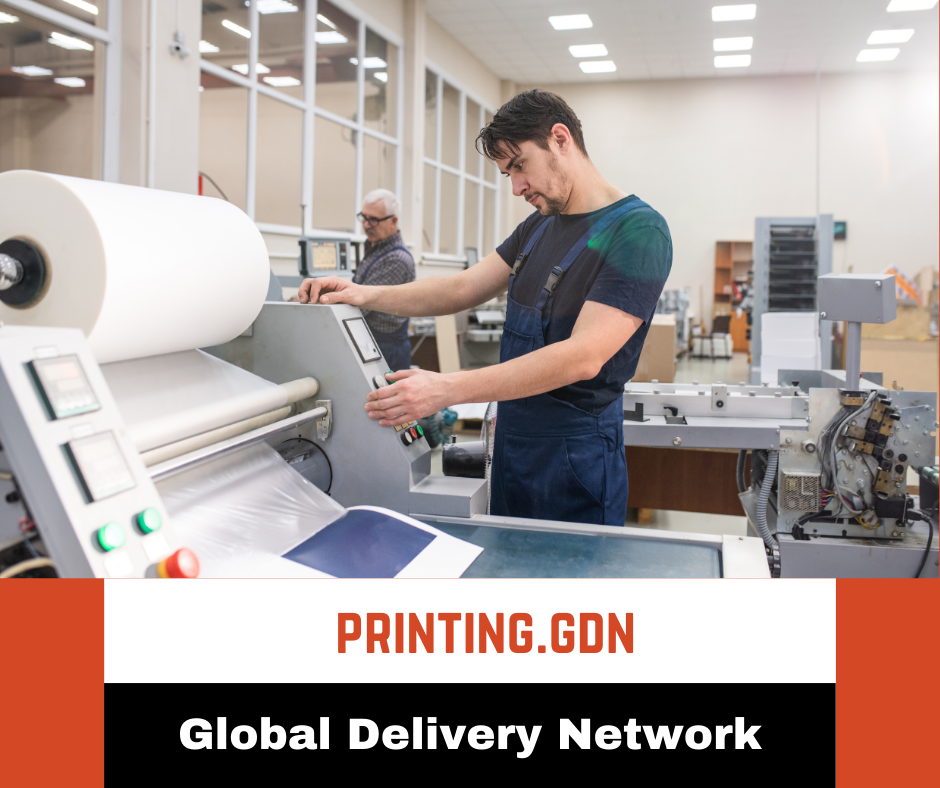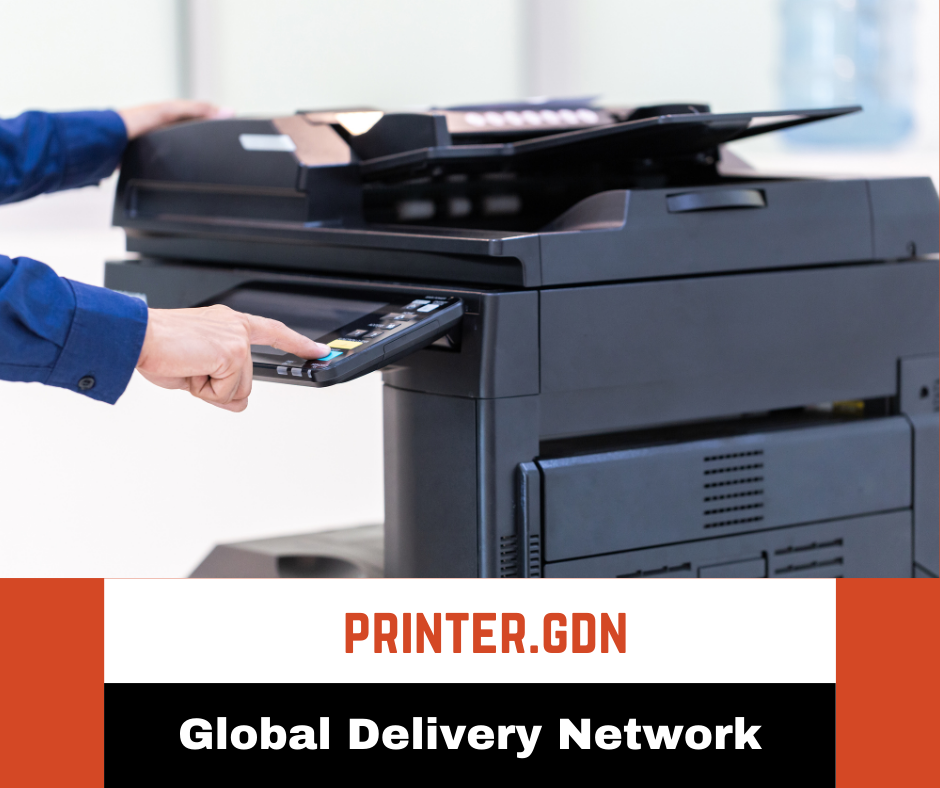






As we approach 2025, the rapid evolution of 3D printing presents significant startup opportunities across multiple sectors. From healthcare advancements to sustainable manufacturing solutions, this technology is poised to reshape industries and create new pathways for entrepreneurship. Startups can leverage this technology to address real-world challenges and capitalize on the growing demand for innovative, efficient solutions.
Below, we explore the key opportunities for startups in the 3D printing industry, focusing on the areas of custom medical devices, sustainable manufacturing, construction, consumer goods, and the integration of AI and automation.
1) Custom Medical Devices
- The Opportunity
The healthcare sector is a leading adopter of 3D printing technology, particularly in producing personalized medical devices and prosthetics. The ability to create highly customized implants tailored to individual patient needs offers a unique market advantage for startups. Advances in bio-printing are also enabling the creation of tissue and organ structures, which can be used for both treatment and research purposes.
- Why It Matters
Startups that focus on medical 3D printing can enter a market that demands precision, personalization, and scalability. For instance, prosthetics companies can leverage 3D printing to create customized limbs that are not only more comfortable for users but also more affordable than traditional prosthetics. Similarly, the dental industry is seeing breakthroughs in creating custom orthodontic devices like Invisalign.
- Examples
LuxCreo, a startup specializing in dental and medical applications, is making waves in this area with 3D-printed dental solutions that are both scalable and customizable Failory. Startups entering this space can focus on dental prosthetics, orthopedic implants, or bio-printing tissues for research and therapeutic purposes.
2) Sustainable Manufacturing
- The Opportunity
As sustainability becomes a central theme in global business, 3D printing presents an eco-friendly alternative to traditional manufacturing. The technology’s ability to minimize waste and use sustainable materials positions it as a key driver of the circular economy. Startups focused on sustainable manufacturing practices can appeal to consumers and industries prioritizing environmental impact.
- Why It Matters
In traditional manufacturing, large amounts of material are often wasted. By using 3D printing, startups can create products with almost zero waste. This is especially relevant in industries like fashion, automotive, and even aerospace, where material efficiency is critical. The opportunity to create biodegradable, recyclable products through 3D printing can also provide a competitive edge for startups.
- Examples
Companies such as re:3D are working on creating large-format 3D printers that can use recycled plastics, offering an environmentally conscious approach to production
3D Printing Industry. This concept could be further developed into printing furniture, building materials, or even consumer products with sustainable raw materials.
3) Construction and Architecture
- The Opportunity
One of the most groundbreaking applications of 3D printing is in construction. The technology is being used to print entire structures, such as homes, in a fraction of the time and at a reduced cost compared to traditional construction methods. For startups, the construction industry offers a high-growth, scalable opportunity to address housing shortages, disaster relief, and affordable housing initiatives.
- Why It Matters
3D-printed construction can significantly reduce labor costs, material waste, and building time. This is especially useful in regions where affordable housing is in critical demand or after natural disasters where rapid reconstruction is necessary. By leveraging this technology, startups can create solutions for building affordable homes or even large-scale infrastructure projects with minimal environmental impact.
- Examples
ICON, a Texas-based startup, is using 3D printing technology to build affordable homes in underdeveloped areas Failory. They are part of a growing movement in 3D-printed architecture that focuses on cost-efficiency, sustainability, and speed.
4) 3D-Printed Consumer Goods
- The Opportunity
3D printing’s capacity to create custom, on-demand consumer goods is a goldmine for startups. The technology allows for the production of personalized items like jewelry, home decor, and even fashion accessories. The trend toward personalization and customization is driving demand for these goods, as consumers seek products that reflect their unique preferences.
- Why It Matters
Consumers today are looking for more than mass-produced goods. They want personalized, one-of-a-kind items that resonate with their individuality. 3D printing enables the rapid production of such items at a relatively low cost. Startups in this space can take advantage of this trend by offering bespoke items that meet the rising demand for customized products.
- Examples
Startups like Normal, a company that produces custom-fit 3D-printed earphones, have successfully tapped into this market by providing tailor-made products 3D Printing Industry. This trend is only set to grow as technology becomes more accessible and demand for personalized items increases.
5) AI and Automation in 3D Printing
- The Opportunity
The future of 3D printing is closely tied to the integration of AI and automation. Startups can create solutions that streamline the 3D printing process, from automating design to optimizing production workflows. AI can also improve the precision and efficiency of 3D printing, leading to cost reductions and higher quality products.
- Why It Matters
Incorporating AI into 3D printing can enhance product design, reduce human error, and increase overall production efficiency. Startups that develop AI-driven 3D printing solutions will be at the forefront of technological innovation. These solutions could benefit industries ranging from aerospace to consumer electronics, where precision and quality control are paramount.
- Examples
Startups like Arevo are utilizing AI and automation to transform the production of high-performance composite parts. Their AI software optimizes 3D printing processes to produce lightweight, durable products for industries like aerospace and defense 3D Printing Industry.
Conclusion
The opportunities for 3D printing startups in 2025 are vast, spanning industries such as healthcare, construction, and consumer goods. By focusing on sustainability, personalization, and AI-driven automation, entrepreneurs can build businesses that not only innovate but also meet the demands of an evolving market. Whether through creating custom medical devices or revolutionizing construction, 3D printing offers a path to both profitability and social impact.
With continuous advancements in technology and increasing adoption across industries, startups that embrace 3D printing are poised to be key players in the future economy.
© 2024 Startup.gdn - A Royal Premiums Marketing Inc. Company. All Rights Reserved. Terms of Use
